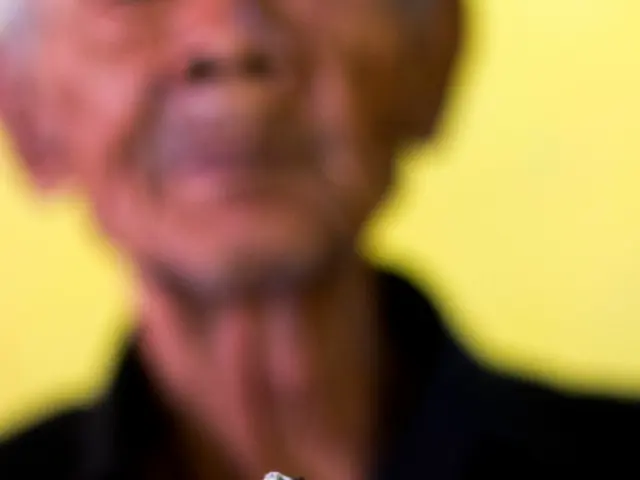Exploring the Pantheon of Ancient Japanese Deities: A Comprehensive Overview
Japanese mythology, deeply rooted in Shintoism and influenced by Buddhism, delves into a rich tapestry of supernatural beings called kami in Shinto and yōkai in folklore. This concept is marked by a fusion of indigenous beliefs and external influences, predominantly from China and Korea.
Cultural and Historical Background
Shinto's Influence
Shinto, the indigenous faith of Japan, focuses on worshiping kami, spirits inhabiting natural phenomena vital to life, including mountains, rivers, and the sun. Shinto mythology encircles creation myths like the Age of the Gods and the legend of Jinmu, the first emperor, who traced his ancestry to the Sun Goddess Amaterasu. Rituals in Shinto revolve around purification and appeasing kami to preserve harmony and protect against evil spirits.
Buddhist Influence
Buddhism entered Japan in the 6th century, confronting initial opposition but later gaining acceptance through a synthesis with native Shinto practices. Buddhist mythology reshaped the fabric of Japanese folklore, contributing to the yōkai genre, which sometimes represents guardians within Esoteric Buddhism.
Folklore & Yōkai
Yōkai, supernatural entities from Japanese folklore, comprise various beings like the Tengu (bird-like humanoids) and Kitsune (fox spirits). These characters frequently appear in art and literature, such as the works of Toriyama Sekien during the Edo period. Folk tales and collections like Shokoku Hyakumonogatari and Otogi Hyakumonogatari bolstered the yōkai narrative.
Notable Deities and Stories
- Amaterasu: The Sun Goddess, most significant deity in Shinto mythology, who hid in a cave, casting the world into darkness.
- Susanoo: The Storm God, Amaterasu's brother, acknowledged for his fierce personality and his role in recovering the sacred mirror from his sister.
- Jinmu: The first emperor of Japan, regarded as a direct descendant of Amaterasu, inauguring the imperial line.
- Kitsune: Fox spirits tied to the god Inari, revered for fertility and prosperity.
- Tengu: Humanoid birds with remarkable strength and magical prowess, often portrayed as guardians or tricksters.
The Syncretism of Shinto and Buddhism
The union of Shinto and Buddhist practices in Japan engendered a diverse and intricate mythological landscape. While Shinto centers on natural spirits, Buddhism superimposed more elaborate cosmologies and deities, culminating in a distinctive cultural heritage within Japanese mythology.
- The historical evolution of Japanese culture is marked by the syncretism of Shinto and Buddhism, with roots tracing back to the indigenous beliefs in kami and the introduction of Buddhism in the 6th century.
- Shinto's influence on Japanese lifestyle can be seen in the traditional practice of touring home-and-garden landscapes designed to honor and connect with the kami inhabiting nature.
- Folklore and literature, like the works of Toriyama Sekien during the Edo period, depict a wide variety of events featuring yōkai characters such as the Tengu and Kitsune.
- In the realm of food, the cultural significance of events like Obon Festival, a Buddhist event honoring deceased ancestors, reflects the amalgamation of both Shinto and Buddhist beliefs in contemporary Japanese lifestyle.
- For the curious traveler, tours exploring the history and mythology of Japan might include visits to sites related to notable deities like Amaterasu, Susanoo, and Jinmu, offering a glimpse into the rich tapestry of Japan's religious, cultural, and natural heritage.








